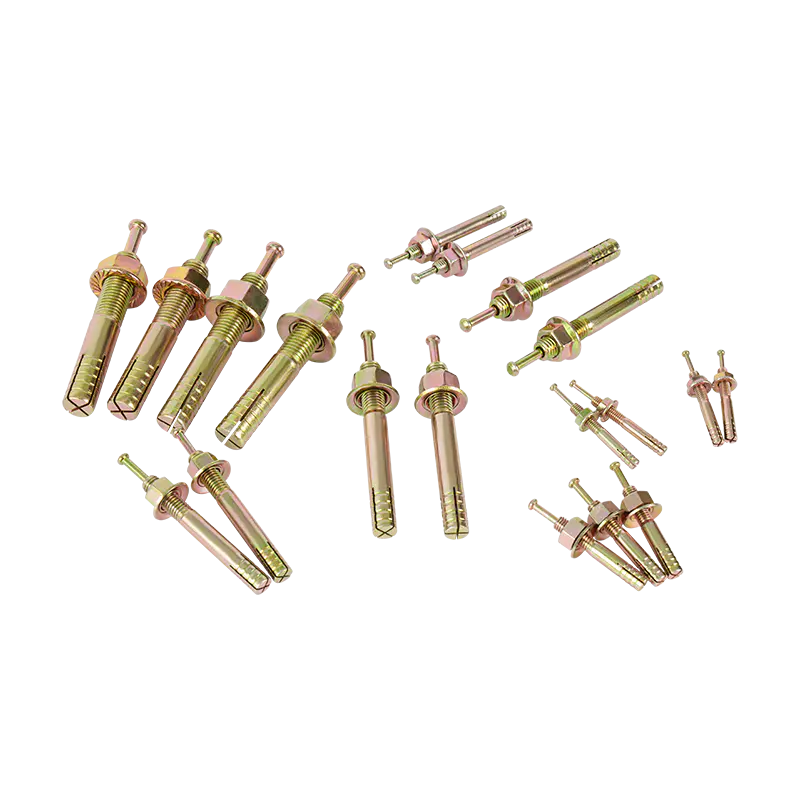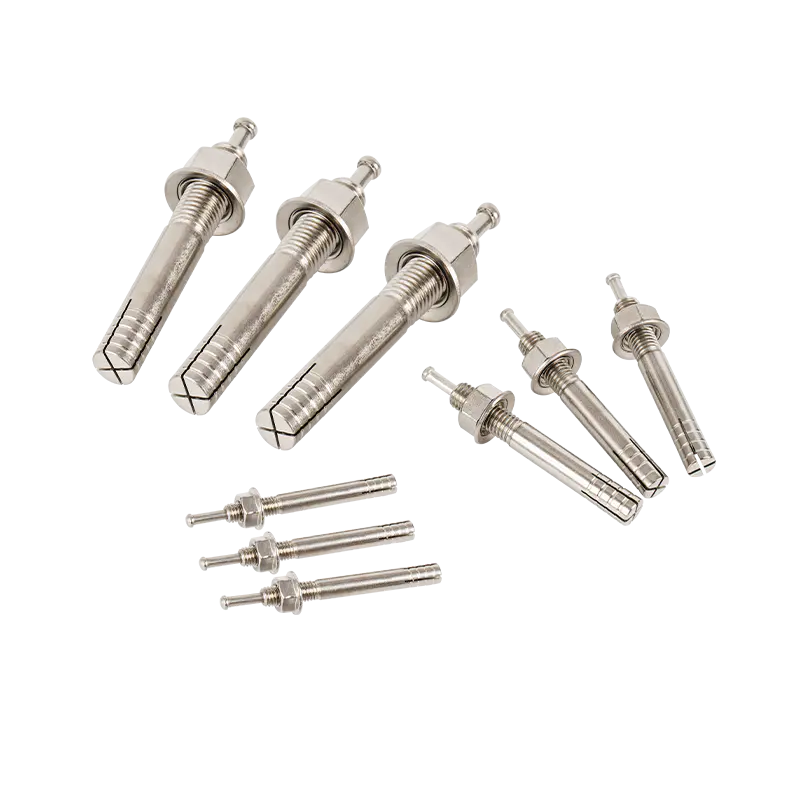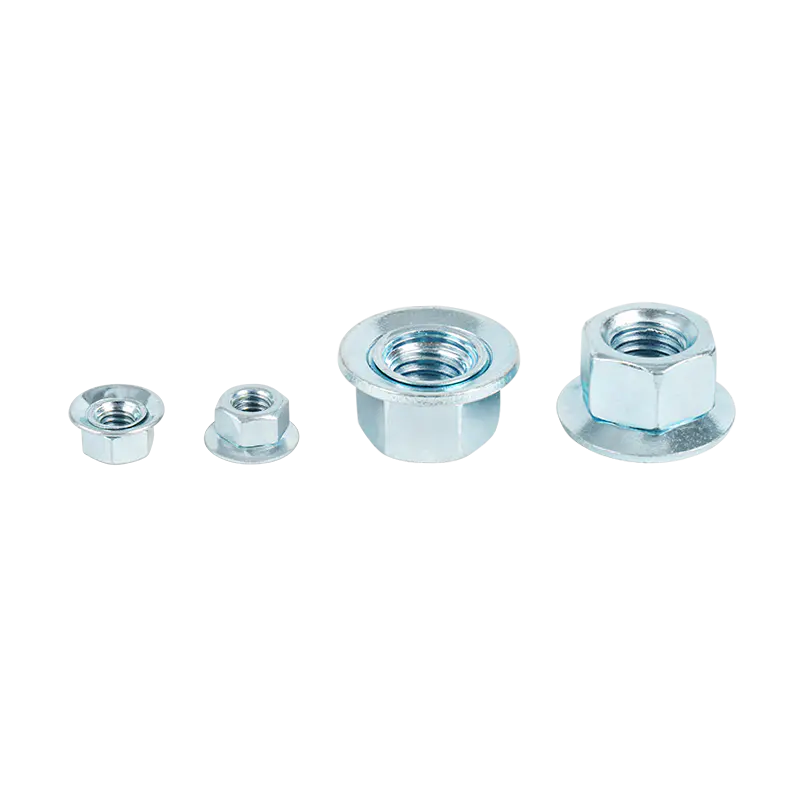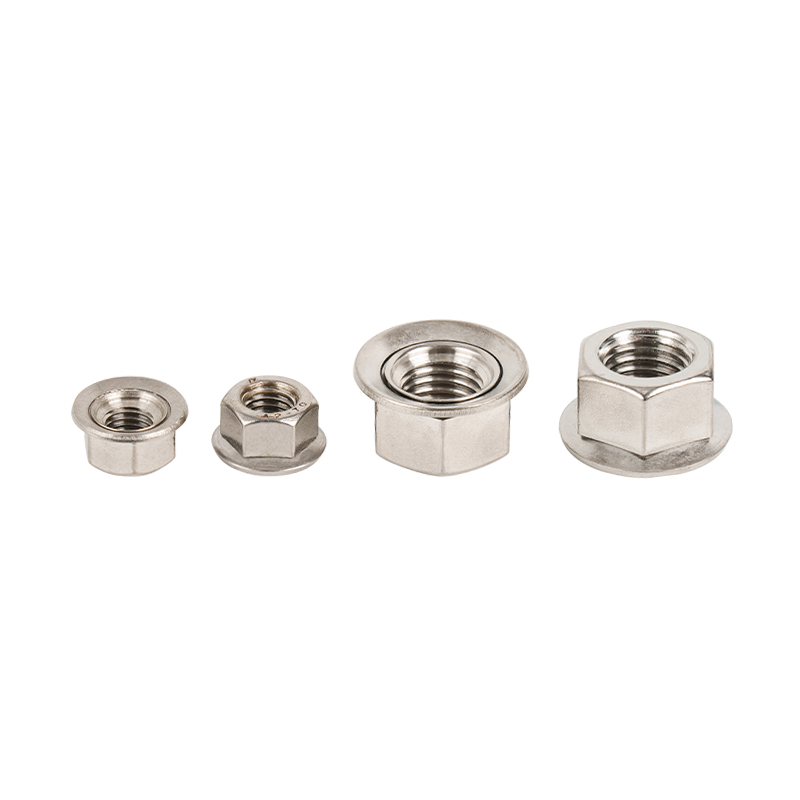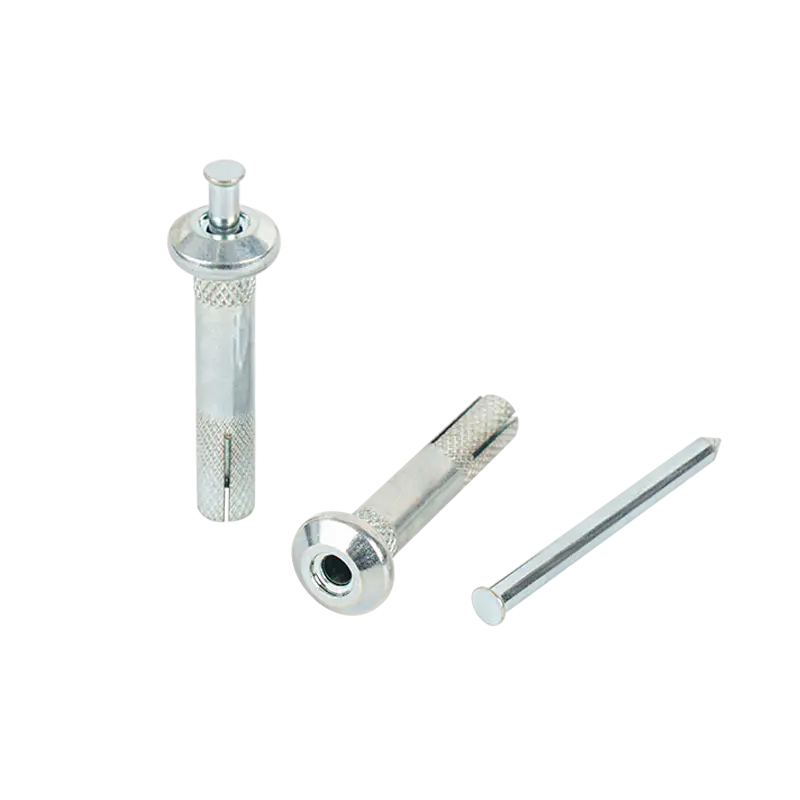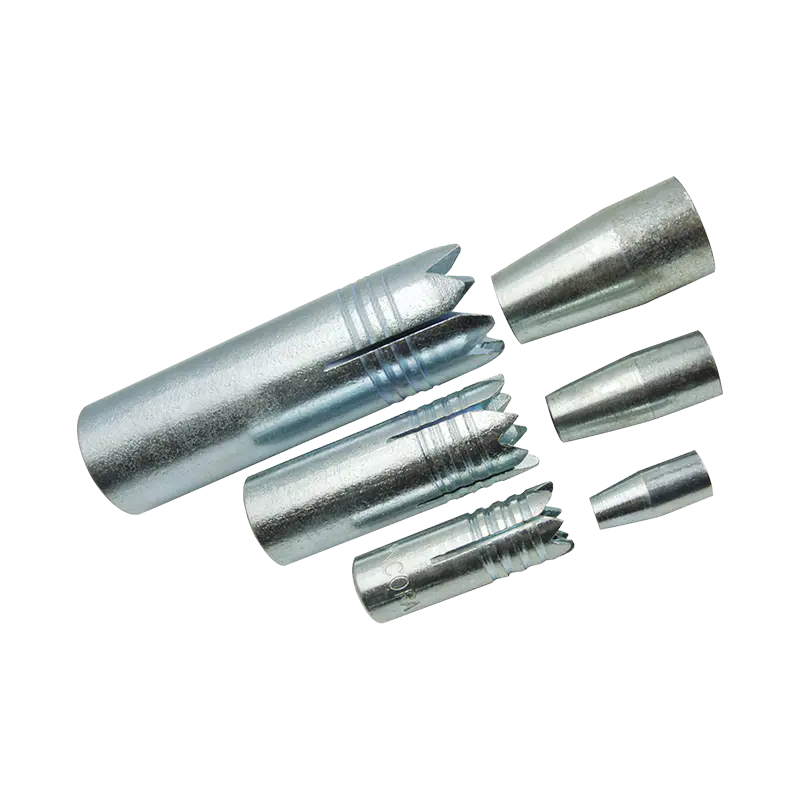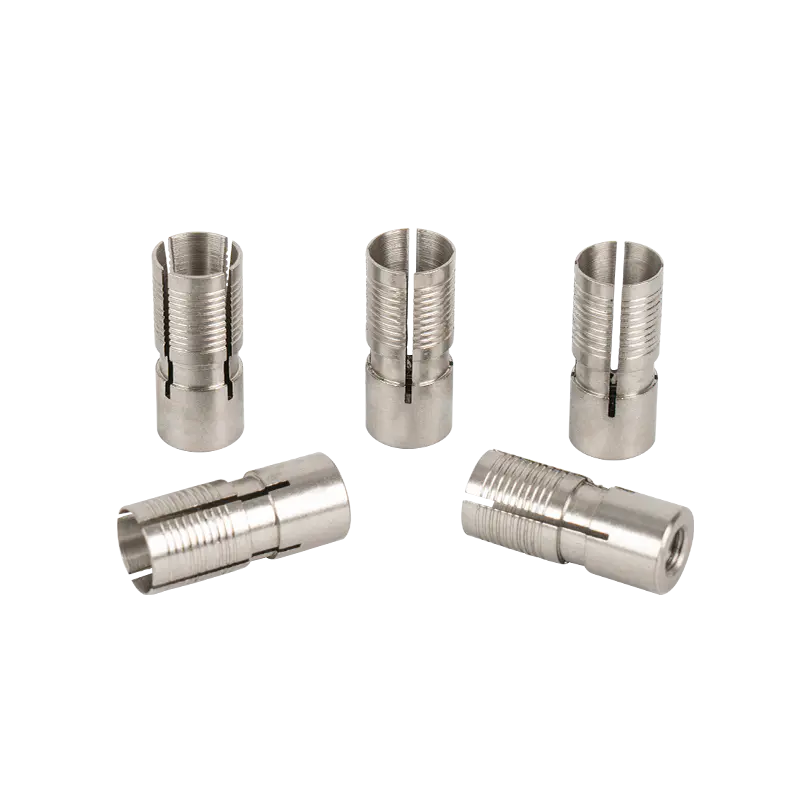How does Strike Anchor ensure safety in heavy-load applications?
2025-10-17
In industrial and construction settings, the reliability of anchoring systems is critical for supporting heavy loads and preventing accidents. Strike Anchor, a widely used mechanical anchor, is engineered to provide secure fastening in concrete and other base materials. This article explores the mechanisms and features that enable Strike Anchor to maintain safety under demanding conditions, drawing on general engineering principles and design standards.
Design and Engineering Principles
Strike Anchor incorporates several design elements that contribute to its safety performance in heavy-load applications. These include:
-
Material Composition: Strike Anchor is typically manufactured from high-strength steel or corrosion-resistant alloys, which provide durability and resistance to environmental factors such as moisture and temperature fluctuations.
-
Threaded Mechanism: The anchor's threaded design allows for uniform load distribution, reducing stress concentrations that could lead to failure.
-
Expansion System: Upon installation, Strike Anchor expands to create a tight grip within the base material, minimizing the risk of pull-out under dynamic or static loads.
Testing and Compliance
To ensure consistent safety, Strike Anchor undergoes rigorous testing and adheres to international standards. Key aspects include:
-
Load Testing: Strike Anchor is subjected to cyclic and ultimate load tests to verify its capacity under simulated heavy-load conditions, often exceeding typical operational demands.
-
Certification: The product complies with recognized safety standards, such as those from ASTM or ISO, which mandate specific performance criteria for anchors in structural applications.
-
Quality Control: Each batch of Strike Anchor is inspected for defects, ensuring that dimensions, material properties, and surface treatments meet specified tolerances.
Installation and Maintenance Guidelines
Proper installation and upkeep are vital for maintaining the safety of Strike Anchor in heavy-load scenarios. Recommendations include:
-
Pre-Installation Checks: Verify the base material's integrity and use appropriate drilling techniques to avoid cracks or voids that could compromise anchor hold.
-
Torque Control: Follow manufacturer-specified torque values during installation to achieve optimal expansion without overstressing the anchor or base material.
-
Regular Inspections: Periodically assess Strike Anchor for signs of wear, corrosion, or loosening, especially in high-vibration environments, and replace components as needed based on condition monitoring.
Strike Anchor enhances safety in heavy-load applications through a combination of robust design, thorough testing, and adherence to proper installation practices. By focusing on these factors, users can leverage its capabilities to support demanding structural requirements while minimizing risks. For specific applications, consulting technical data sheets and engineering guidelines is advised to ensure compatibility and performance.

 English
English 日本語
日本語
